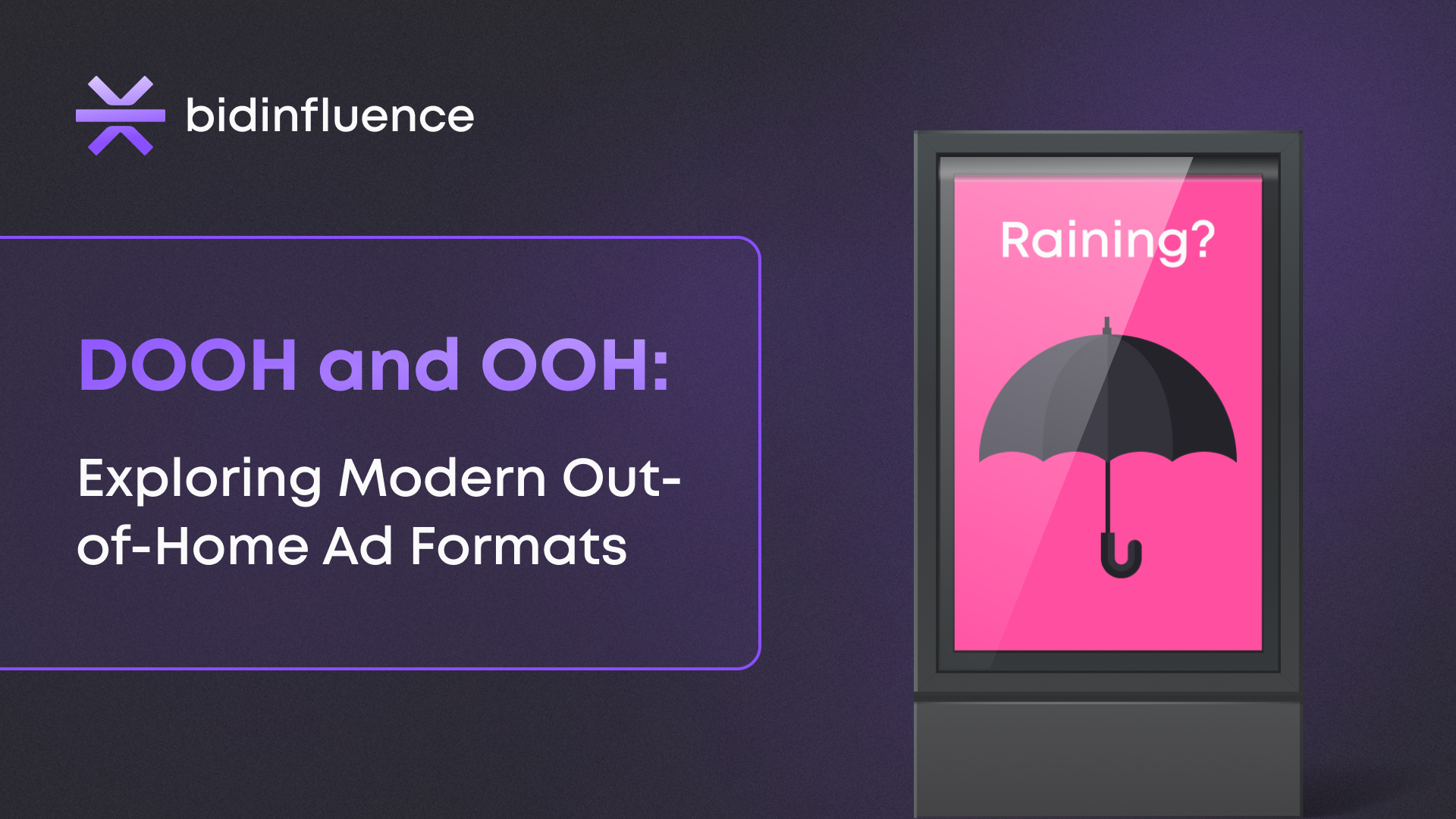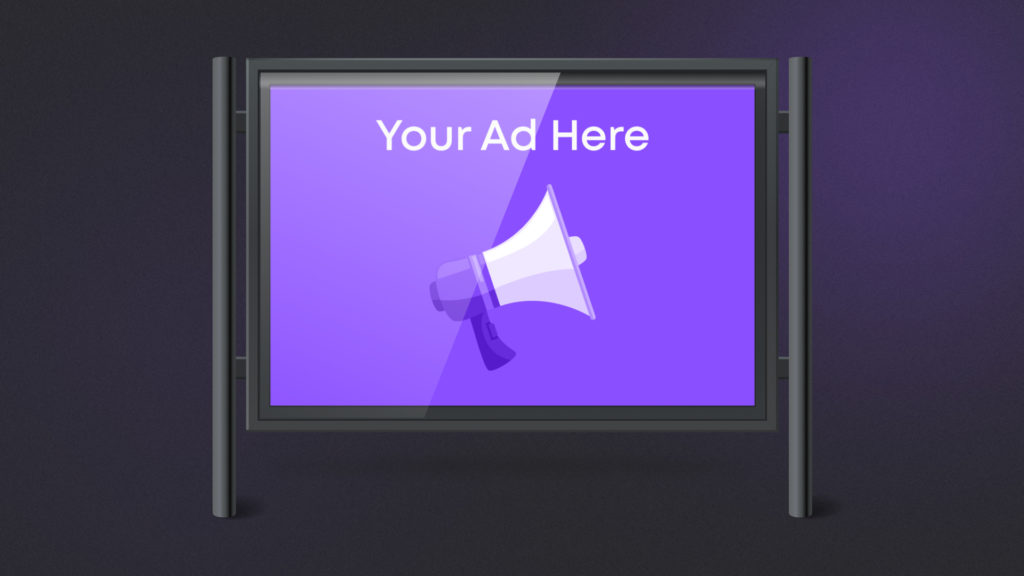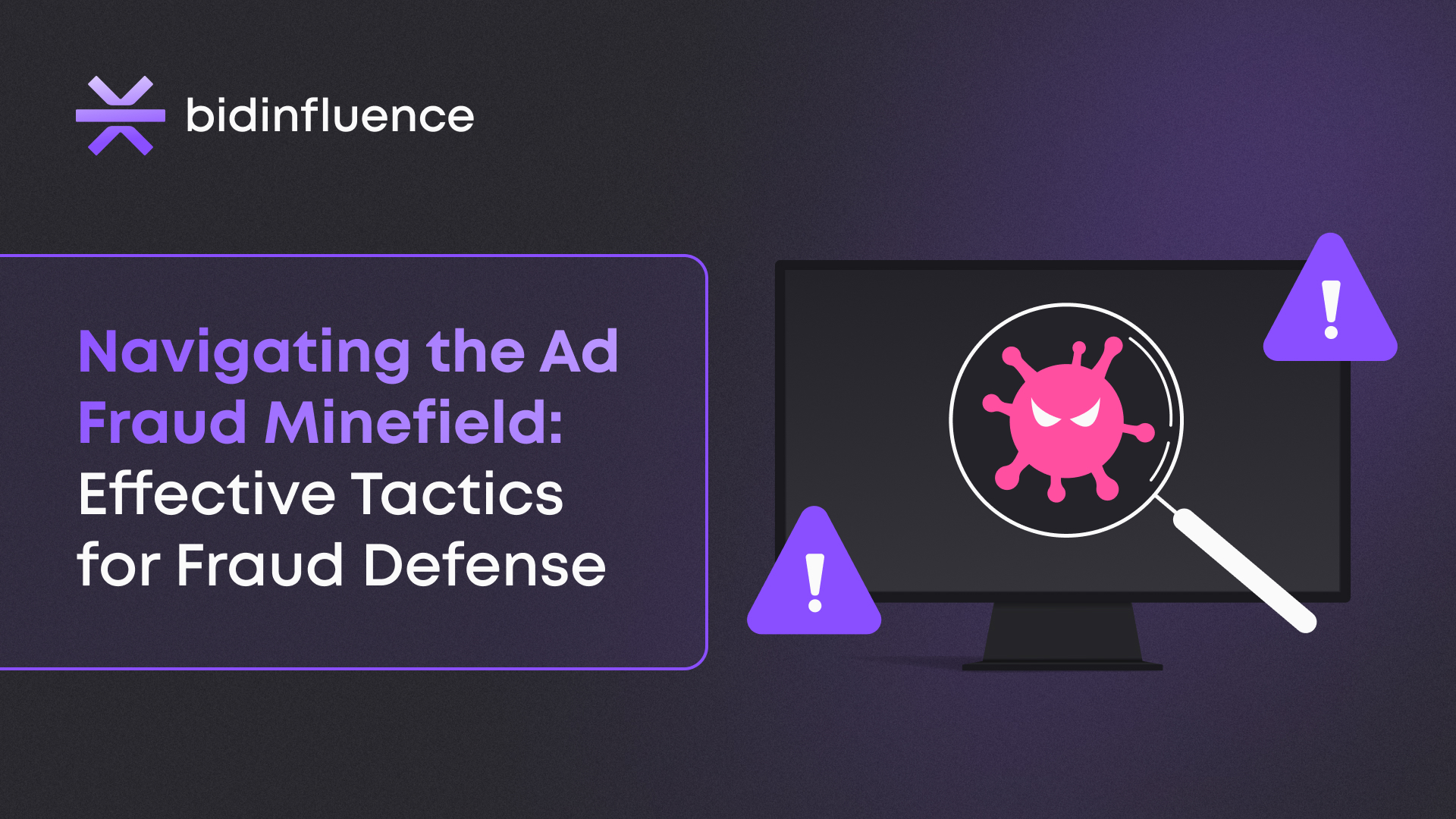In today’s dynamic advertising landscape, DOOH (Digital Out of Home) and OOH (Out of Home) formats are gaining traction alongside traditional ad formats. DOOH offers dynamic, digital displays in high-traffic areas, while OOH includes static billboards and signage. Both benefit from programmatic integration, enhancing targeting and efficiency. Despite their advantages, challenges such as ad viewability and measurement persist. Nevertheless, understanding these formats allows advertisers to craft impactful campaigns that resonate with their audience. That is why, in this article, we will tell you about the differences between these two formats, their pros and cons, and how they all relate to programmatic.
What is OOH and DOOH?
OOH advertising, short for Out-of-Home advertising, encompasses a diverse range of promotional methods designed to engage consumers when they are outside their homes. This includes eye-catching billboards, attention-grabbing posters, dynamic transit ads, and strategically placed street furniture ads. By targeting people on the move or in public spaces, OOH advertising offers brands a powerful tool to build awareness and connect with a broad audience.
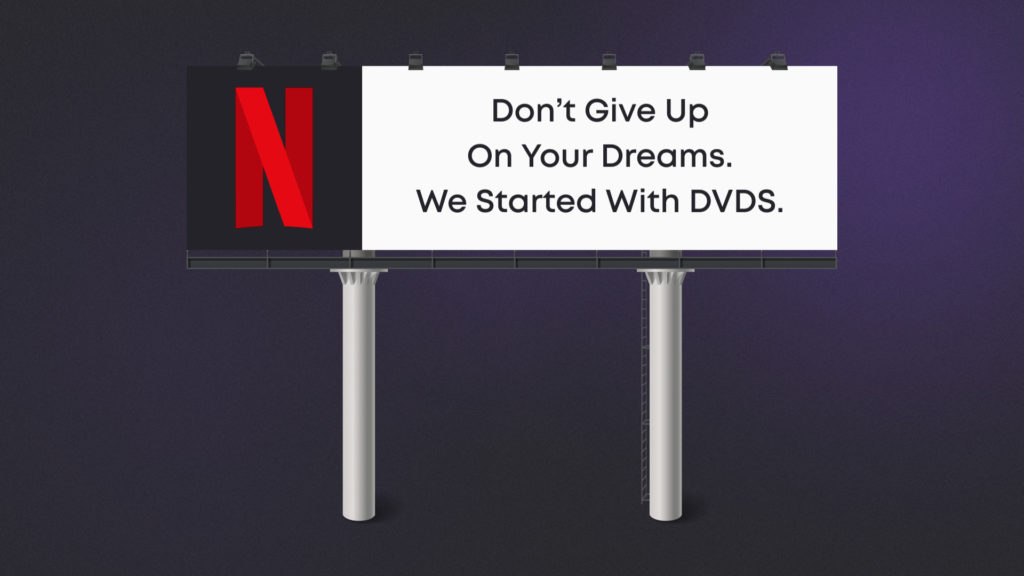
DOOH advertising, short for Digital Out-of-Home advertising, involves deploying digital displays in bustling locations to deliver dynamic, personalized advertising content. Unlike static billboards, DOOH ads can be updated remotely and in real-time, offering advertisers greater versatility and audience engagement. This innovative form of advertising harnesses technology to captivate audiences in diverse settings like shopping centers, airports, transit hubs, and urban areas.
OOH vs DOOH: What is the difference?
While OOH advertising relies on static formats to reach audiences outside their homes, DOOH advertising leverages digital technology to deliver real-time dynamic and personalized messages. Let’s take a deeper look into some detailed differences.
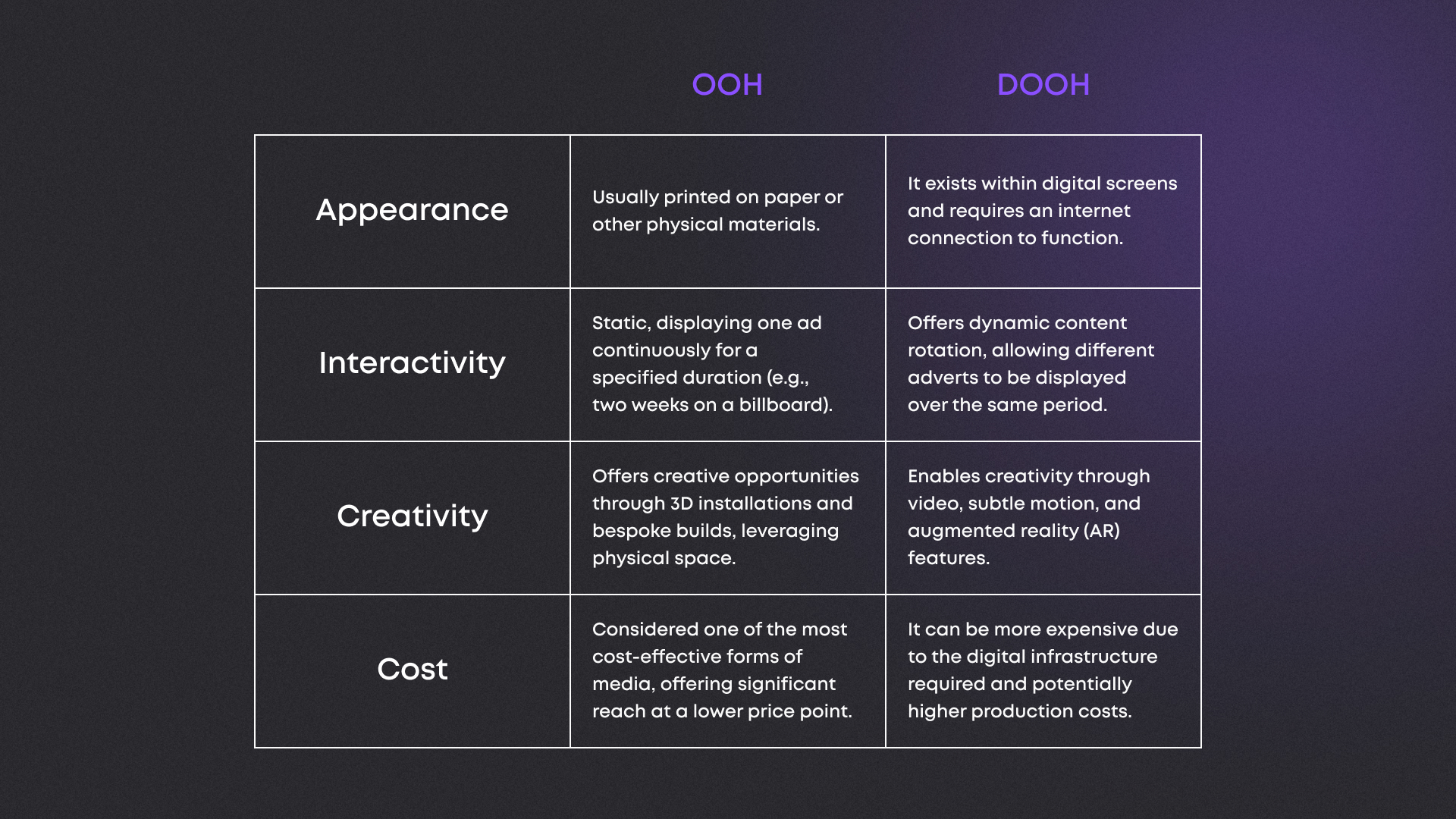
Advantages of OOH & DOOH
OOH and DOOH offer distinct advantages tailored to different advertising needs, making it a personal decision based on specific circumstances. To determine which is better suited for your campaign, consider the following advantages of each.
Benefits of OOH Advertising:
- Makes a Bold Brand Statement
OOH advertising can command attention and spark public conversations, making it ideal for brands seeking to make a solid and unified statement.
- Lends Credibility to Brands
With its long-term presence in the advertising landscape, OOH carries a sense of reliability and confidence. Its traditional nature signifies durability, enhancing brand credibility and consumer trust.
- Improved Brand Recognition
The static nature of OOH advertising ensures repeated impact on the same audience, increasing brand recognition and awareness over time. Seeing the same advertisement regularly drives the brand message, leaving a lasting impression on viewers.
Benefits of DOOH Advertising:
- Contextual Relevance
DOOH empowers advertisers with hyper-targeting capabilities, allowing them to customize messaging based on location and time of day. This dynamic approach drives relevance, enhancing the effectiveness of campaigns by delivering tailored content to specific audiences.
- Flexibility for Advertisers
With real-time adaptability, campaigns can be modified instantly without manual intervention, allowing for agility in responding to changing market conditions or audience preferences.
- Interactive Features
Digital panels enable the incorporation of interactive elements such as touchscreens and built-in cameras, creating immersive experiences and fostering deeper audience engagement.
The choice between OOH and DOOH depends on factors such as campaign goals, target audience, budget, and desired level of interactivity. These factors will help you determine which advertising format best suits your goals and requirements.
Programmatic DOOH
Programmatic DOOH platforms leverage algorithms to automate the purchasing and selling of digital advertising screens, streamlining various processes and interactions within the technology ecosystem. At the heart of this system lies the supply-side platform, where DOOH media owners showcase their available advertising inventory. This encompasses diverse forms of Digital Out of Home media, ranging from screens in shopping malls to digital billboards.
The demand-side platform complements the SSP, empowering brands and agencies to access and bid on showcased inventory. DSP interfaces serve as centralized hubs for campaign planning and management. Advertisers can seamlessly upload new creatives or modify targeting criteria by accessing the platform’s intuitive controls.
Advertisers establish their budget in the final step to launch the campaign, and the DSP initiates a real-time bidding auction to secure DOOH screens that align with the specified criteria. Upon winning the bid, the system seamlessly triggers the creative content delivery to the chosen screens, ensuring a smooth and efficient process.
The Last Word
DOOH advertising effortlessly combines with programmatic technology, facilitating the automatic purchase and sale of ad space in real-time. Advertisers utilize demand-side platforms to set targeting parameters, bid on available ad slots, and display content on digital screens. The benefits of programmatic DOOH include targeted reach, real-time optimization, flexibility, enhanced measurement, and integration with digital ecosystems. Overall, it offers advertisers precision, efficiency, and effectiveness in reaching their desired audience with relevant messages.
Despite the latter’s technological advancements and flexibility, OOH advertising retains its relevance and effectiveness, maintaining its distinct value alongside DOOH. Each format serves unique purposes, making it impossible to deem one superior to the other definitively. OOH and DOOH offer particular advantages and applications, ensuring their coexistence in advertising. Ultimately, their choice depends on campaign objectives, target audience, and strategic considerations.
